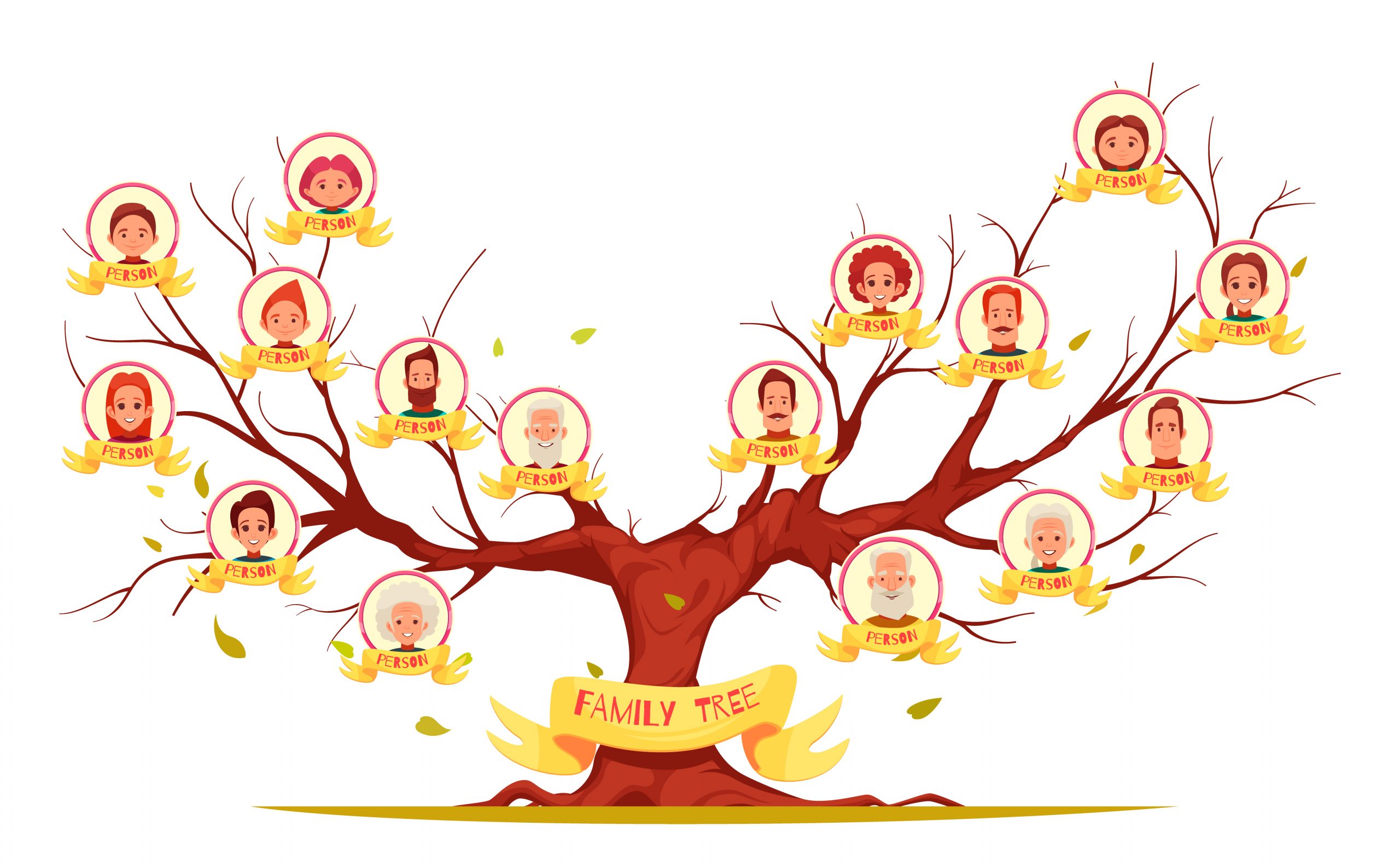👨👩👧👦French Level 1, Activity 08: La famille et les amis / Family and Friends (Online)
Products: Family structure; immediate family: mother(s), father(s), brother(s), sister(s), guardian(s), etc., extended family: (cousin(s), aunt(s), uncle(s), grandparent(s), etc.
Practices: Spending time together, “week-end en famille”, spending holidays and big events together, time at the table with family as a very important practice
Perspectives: Family is extremely important in the French culture. Many families make it a priority to make time for their families, to spend time with their families, and to help each other out as a family regardless of your family structure.
- In American culture, youth is widely valued over age, a feat which can be noted through our beauty industry and the countless products created to keep us looking youthful. How might family relations look in a country where age is valued over youth?
NCSSFL-ACTFL World-Readiness Standards:
- Standard 1.1: Students engage in conversations or correspondence in French to provide and obtain information, express feelings and emotions, and exchange opinions.
- Standard 1.2: Students understand and interpret spoken and written French on a variety of topics.
- Standard 1.3: Students present information, concepts, and ideas in French to an audience of listeners or readers.
Idaho State Content Standards:
- COMM 1.1: Interact and negotiate meaning (spoken, signed, written conversation) to share information, reactions, feelings, and opinions.
- COMM 2.1: Understand, interpret, and analyze what is heard, read, or viewed on a variety of topics.
- COMM 3.1: Present information, concepts, and ideas to inform, explain, persuade, and narrate on a variety of topics using appropriate media in the target language.
NCSSFL-ACTFL Can-Do Statements:
- I can identify members of a family tree and describe their relationships.
- I can introduce my family members and their relationship to me.
- I can recognize peoples’ names and their titles when they are introduced.
Materials Needed:
Warm-up
1. Begin by introducing the Can-Dos for today’s activity.
2. Look at the family tree for the Lion King on the presentation.
Regardez l’arbre généalogique du Roi Lion sur la présentation.
3. Take the part of Simba and ask the group “qui est ma fille?” or “qui est Nala?”
Prenez la famille de Simba et demandez au groupe “qui est ma fille?” ou “qui est Nala?”
4. Continue this with the other family members.
Continuez l’activité avec différents membres de la famille.
Main Activity
1. Next, have the students get with a partner.
Ensuite, demandez aux étudiants de se mettre en équipe de deux.
2. Each student will go to the family tree website.
Chaque élève se rendra sur le site web de l’arbre généalogique.
3. On the website students will create their partner’s family tree.
Sur le site web, les élèves créeront l’arbre généalogique de leur partenaire.
4. After, have the students go around and explain to the rest of the group their assigned family tree.
Ensuite, demandez aux étudiants d’expliquer au reste du groupe leur arbre généalogique.
Wrap-up
Ask the following question(s) to finish the activity:
- Qui est votre membre de famille préféré ? Pourquoi ?
- Who is your favorite family member? Why?
- Décrivez vos membres de famille. Ils sont comment ?
- Describe your family members. What are they like?
CULTURAL NOTES
End of Activity:
- Can-Do statement check-in… “Where are we?”
- Read can-do statements and have students evaluate their confidence with cards.
- Encourage students to be honest in their self-evaluation
- Pay attention and use feedback for future activities!
NCSSFL-ACTFL Can-Do Statements:
- I can identify members of a family tree and describe their relationships.
- I can introduce my family members and their relationship to me.
- I can recognize peoples’ names and their titles when they are introduced.
How to Remix a Pathways Project Activity
Feeling creative? The Pathways Project needs your help in remixing activities for the K-12 classroom.
Try taking an activity to the next level by:
- Add new content (something you’ve created or another OER source)
- Contribute additional activity suggestions
- Integrate authentic materials such as videos, infographics, photos, etc.
- Suggest how to implement the activity in the classroom
- Customize the content for a specific audience or group of learners (for example, K-5 learners or to differentiate for student’s needs)
We want to make it easy to share back with the larger Pathways Project Community! Simply, click this link to remix this activity.
Please consider sharing your remixed activity with us by emailing the activity link to Pathwaysproject@boisestate.edu so that Pathways continues to grow!


